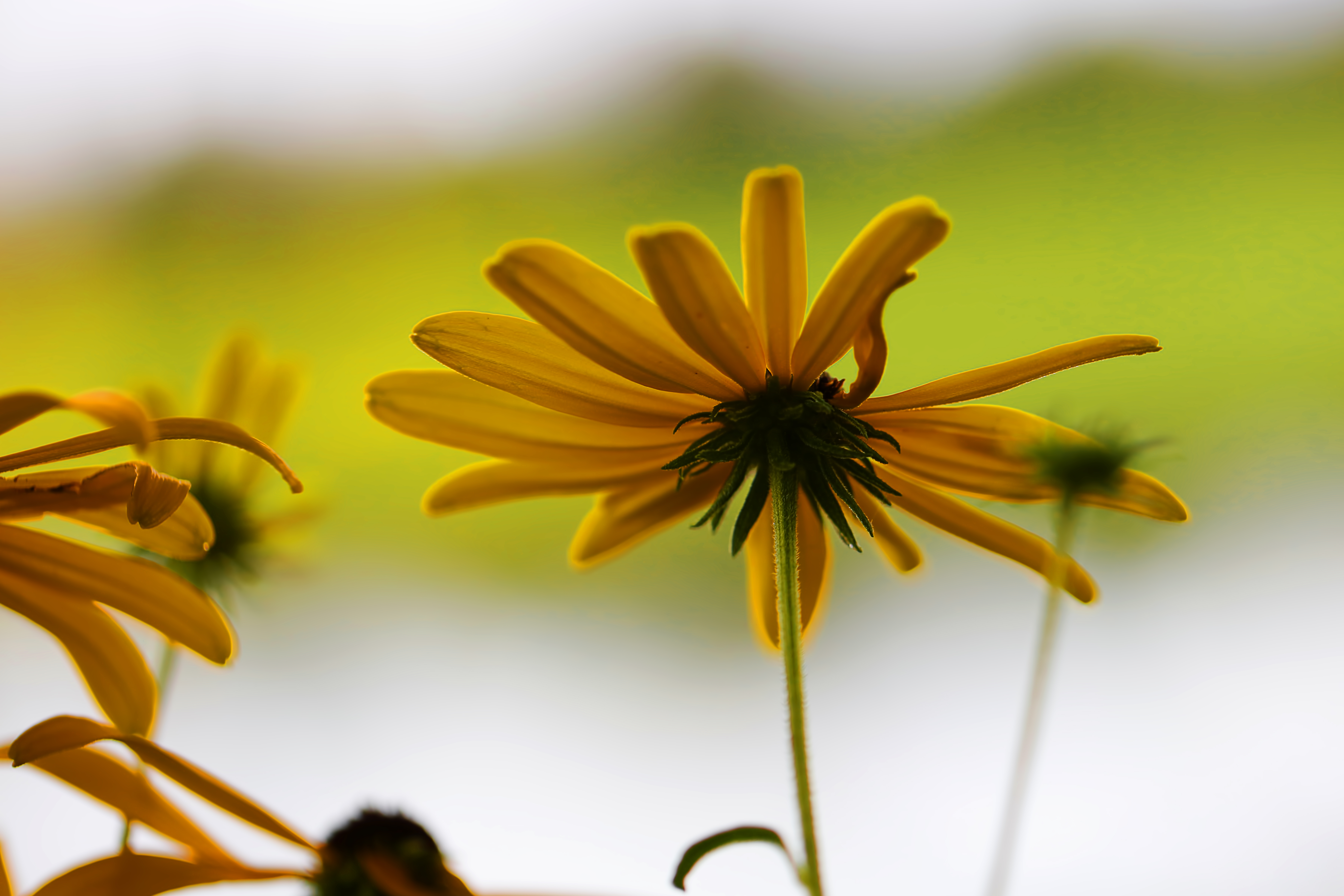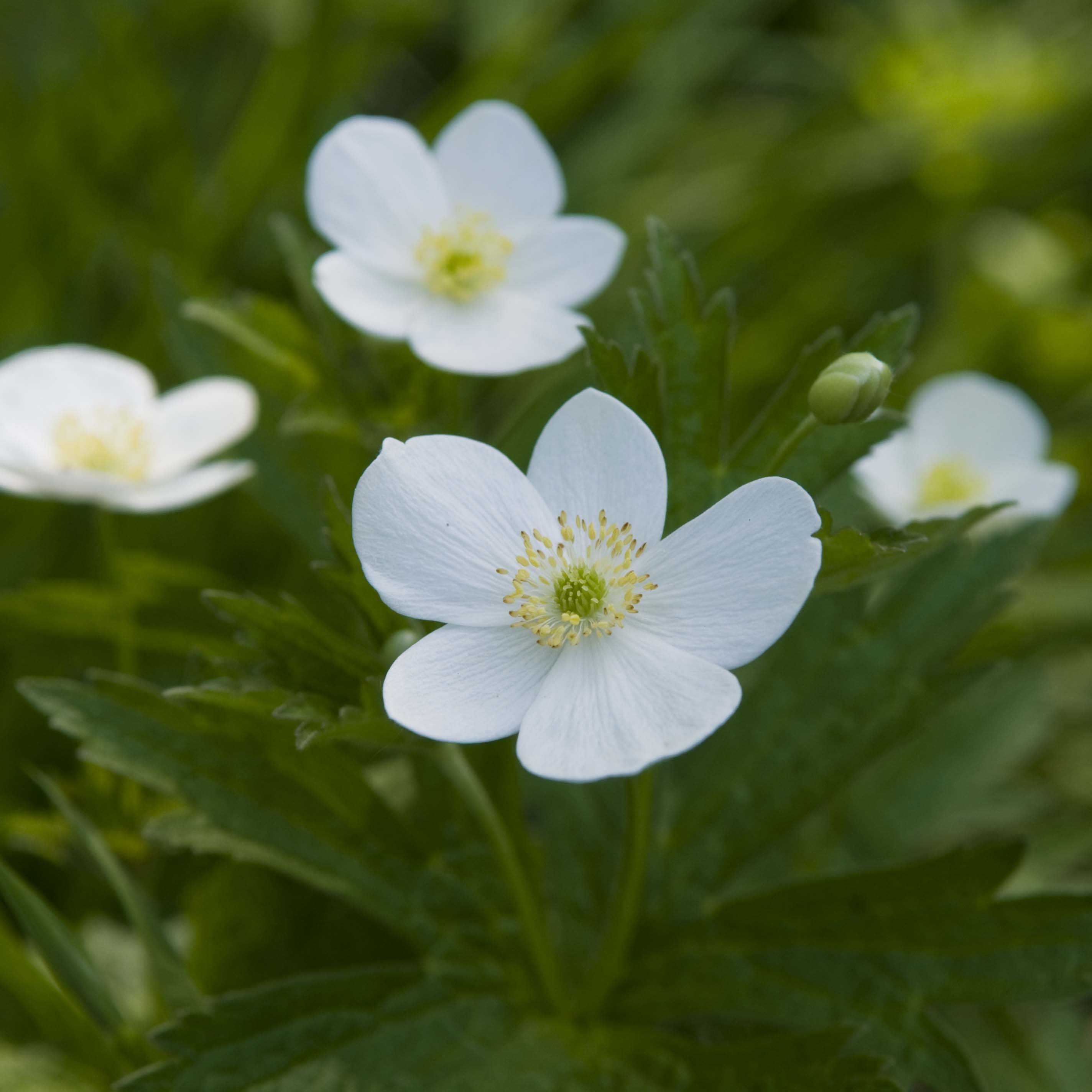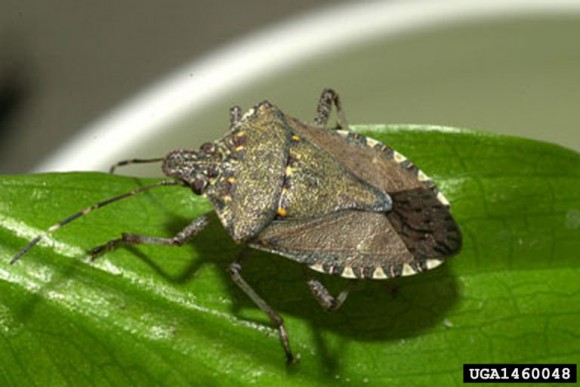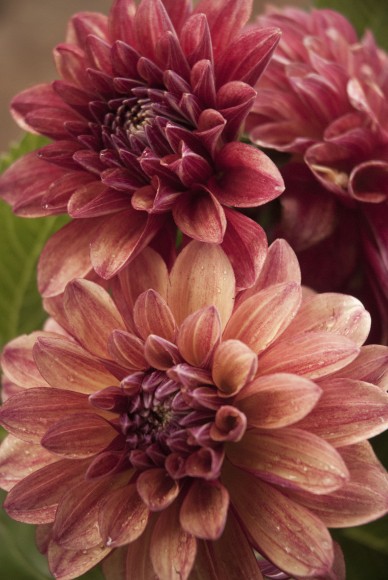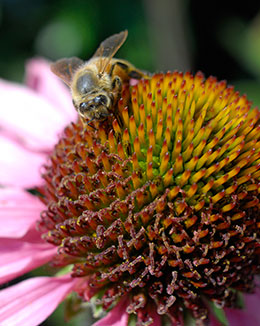As fall approaches and the leaves begin to change, the Chicago Botanic Garden bids adieu to our beautiful summer blooms until next year. The air starts to get crisper (and your summer plants will too), but September isn’t the expiration date for color and excitement at the Chicago Botanic Garden—and it shouldn’t be in your garden either.
We asked Tim Pollak, outdoor floriculturist, and Cindy Baker, manager of horticultural services, for their favorite fall-blooming perennials that will make your landscape pop this season.
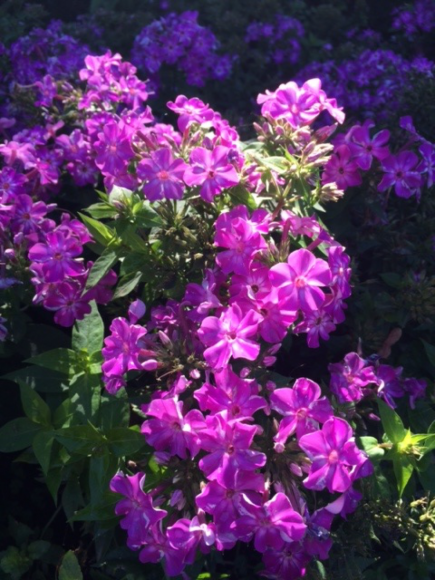
Phlox paniculata
Garden phlox
Look no further for a long-blooming and beautiful native perennial that provides a whole palette of color options for your garden. Phlox cultivars add shades of showy pink, lavender, or white in clusters of delicate-looking flowers. Their sweet fragrance will attract late-season butterflies and hummingbirds to your own backyard. Garden phlox are generally hardy plants and will grow well in sun or shade. Plant in midspring with a layer of mulch to retain soil moisture for maximum flower production.
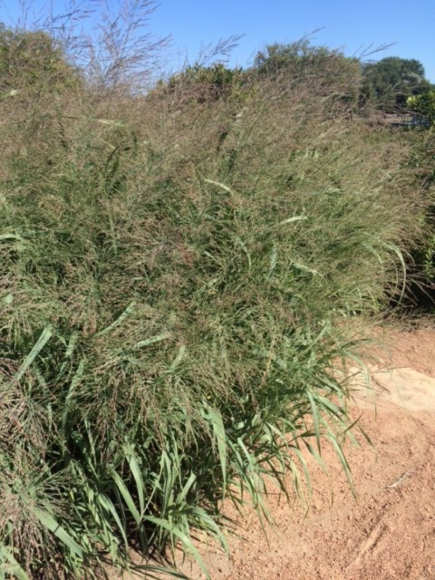
Panicum sp.
Switchgrass
Ornamental grasses may not seem like an obvious choice for garden excitement but they can help to create texture and movement. Switchgrasses are an environmentally smart choice as they are native to tallgrass prairies in the United States. Cultivars are variable in color with red to light golden blooms and deep green to blue blades. Switchgrasses are low maintenance and will tolerate nutrient-poor soils, but plant in full sun to keep plants upright and blooming all fall. Because they can grow up to 8 feet in height, consider planting toward the back of your beds and place smaller plants in front.
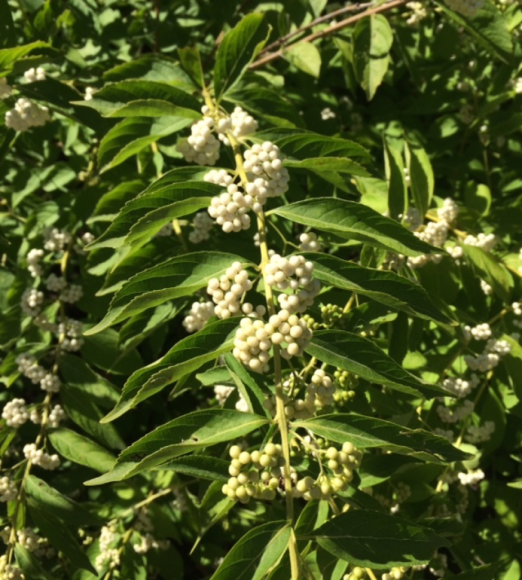
Callicarpa sp.
Beautyberry
This small shrub has something to offer year-round; it blooms in the summer, then its flowers are replaced by small berries that last until winter. Depending on the species, Callicarpa can have shiny white or bright purple berries—both are a big hit with birds. All species have long, arching branches that cascade outward but with pruning, the shape is variable. Beautyberry should be planted in rich soil and pruned in early spring but otherwise requires little attention throughout the year. Ensure your shrub receives adequate moisture for maximum fruit production all fall long.
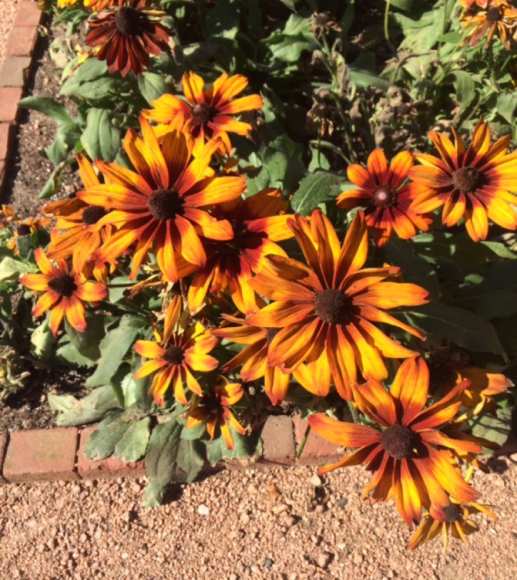
Rudbeckia cultivars
Black-eyed Susans and coneflowers
With familiar daisy-like flowers that will bloom through all of fall, it is no wonder that species of Rudbeckia are a fall favorite. Petal colors can range from shades of bright yellow to orange-gold, and some cultivars have flushes of red on the petals. Rudbeckia will respond well to deadheading or alternatively, leave the dried flower heads on the plant to attract migrating birds to your garden. This will also allow the flowers to reseed because not all cultivars of Rudbeckia will act as perennials in colder climates. These flowers are low maintenance if planted in well-drained soil.
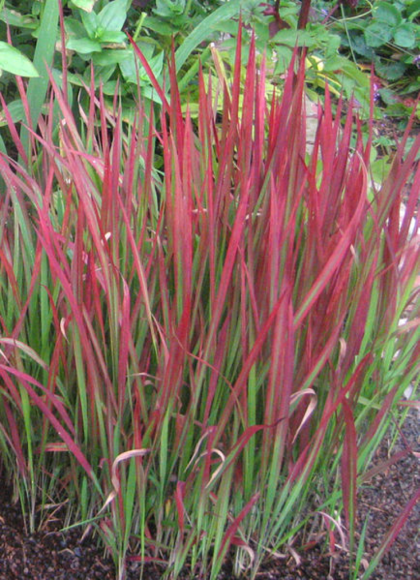
Photo by Jim Hood, via Wikimedia Commons
Imperata cylindrica ‘Rubra’
Japanese blood grass
Japanese blood grass is another low maintenance ornamental grass. Usually smaller in stature than switchgrass, it introduces a dramatic splash of deep red into your landscape. Although nonnative and normally a fiercely invasive plant, this cultivar does not produce seed and spreads slowly. This grass is best used as a border plant in well-drained soils.
©2016 Chicago Botanic Garden and my.chicagobotanic.org

